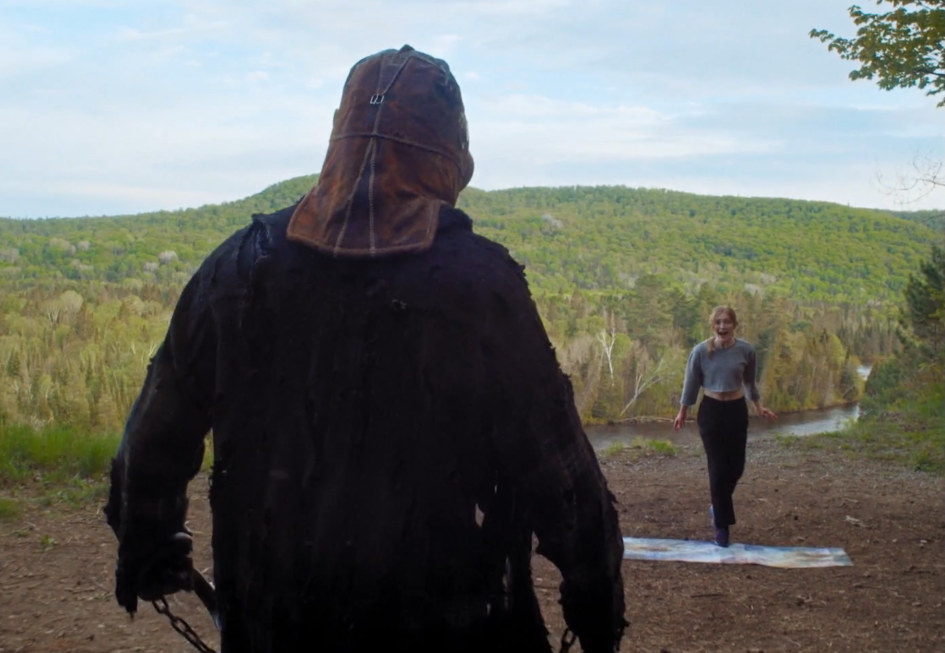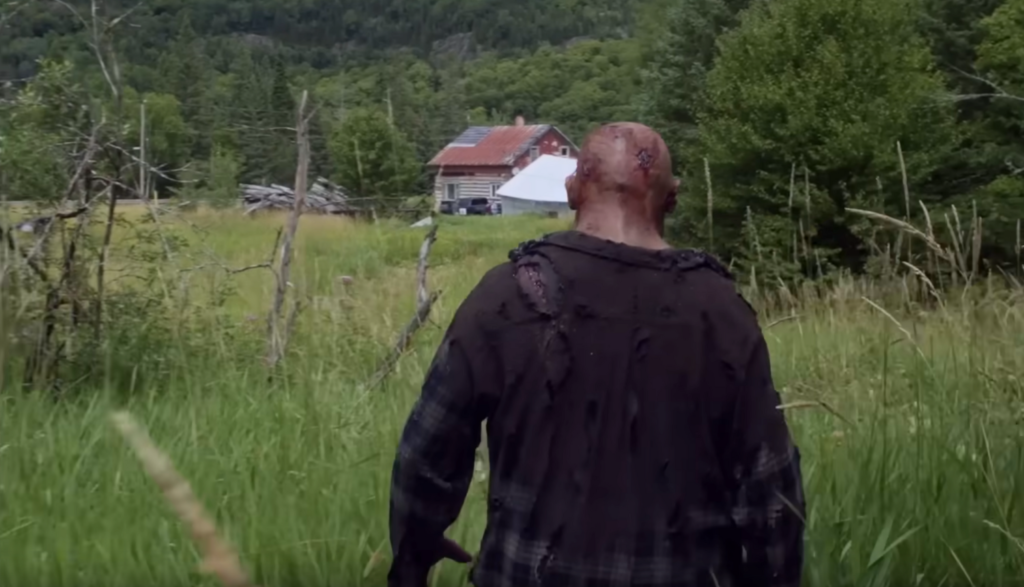As an avid horror movie fan, I’ve always been captivated by the allure of iconic killers like Jason Voorhees and Michael Myers. The silent, relentless pursuit of their victims creates a suspense that’s both terrifying and exhilarating.
Yet, as much as I love watching the chaos unfold from the victims’ perspective, I’ve often wondered what it would be like to experience the story from the killer’s point of view. To delve into the twisted psyche behind the mask, to understand the motivations driving their murderous rampages — this tantalizing perspective could add a whole new layer of depth and horror to these classic tales.
This very concept was previously explored in Behind the Mask: The Rise of Leslie Vernon. The film offers a fascinating mockumentary-style glimpse into the life of an aspiring slasher, meticulously planning his reign of terror. It cleverly deconstructs and pays homage to the genre, allowing fans like me to step into the shoes of the killer and witness the methodical and often unsettling preparation that goes into their deadly craft. Through Leslie Vernon’s narrative, the film reveals the killer’s meticulous planning, psychological nuances and the chilling reality behind the horror icon facade, providing a fresh and thrilling perspective that enriched my love for the genre.
In a Violent Nature is the latest film to delve into this intriguing concept. Written and directed by Chris Nash, the film follows (quite literally) a silent, undead killer named Johnny (Ry Barrett), as he rises from his grave. The catalyst for Johnny’s resurrection is a group of teenagers who unwittingly steal a locket they found in the woods, a locket that was keeping his spirit at rest. As Johnny seeks to retrieve his precious locket, he confronts the teenagers one by one, murdering them in a relentless pursuit until his stolen possession is returned.
The story is simple and straightforward. Anyone familiar with the Friday the 13th series will instantly recognize Johnny as a proxy for Jason Voorhees. Like Jason, Johnny was a young, mentally challenged child who was killed due to the careless actions of others. Both characters return from the dead to exact revenge on groups of teenagers. Although we never see much of Jason’s preparation for his kills, it’s easy to imagine that he and Johnny operate with the same methodical approach.
In a Violent Nature effectively captures what one would envision others like Jason would do, accurately depicting the chilling modus operandi of an undead avenger.
Attention to detail is another strong point of In a Violent Nature. As the audience follows the killer, much of the dialogue from other characters is muffled, placing us in Johnny’s perspective as he stalks his prey. We don’t get to know much about these characters, as they are nothing more than lambs led to the slaughter. There is also no musical score, which adds to the creep factor. Instead, we hear Johnny’s footsteps moving through the brush, accompanied only by the chirping of crickets. This approach immerses the audience into the scene, making them feel like part of the film rather than distant, omnipotent viewers.
Unlike its predecessor, In a Violent Nature begins to lose momentum fairly quickly. In Behind the Mask, Leslie Vernon collaborates with a documentary crew, meticulously planning every detail of his killings — from selecting his final girl to cutting tree limbs to ensure fatal falls. This intricate planning builds anticipation and maintains energy throughout the film. Conversely, In a Violent Nature starts to feel like a nature hike video after the first half-hour. The majority of the film involves simply following Johnny as he walks around. While the kills are somewhat interesting, the lengthy buildup to them becomes incredibly tedious.
With all things considered, In a Violent Nature earns three out of five stars. I always wondered how awesome it would be to watch horror icons like Jason or Michael hunt down their prey, and In a Violent Nature answers that question perfectly. However, I didn’t consider how utterly boring much of it would be. This movie feels like sitting in rush-hour traffic: one minute you’re moving along nicely, and the next you’re sitting still, twiddling your thumbs.
While I’m not sure what could have been done to make the slow parts less tedious, at least we are treated to some gnarly kills.

